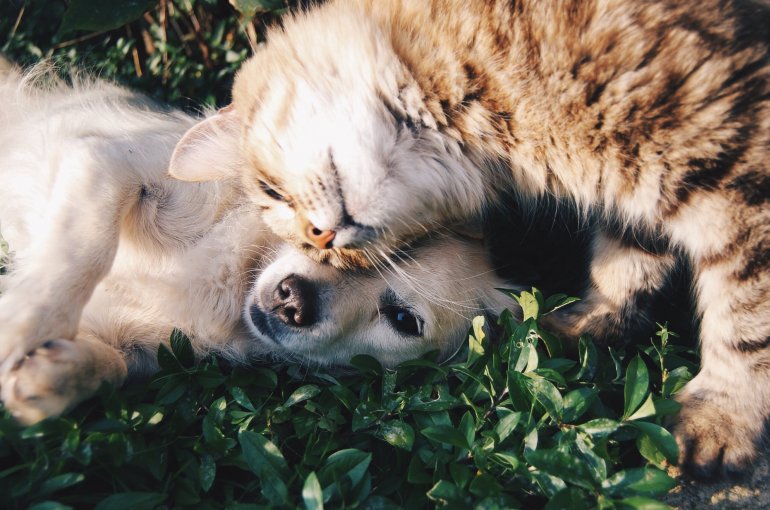Cats and dogs do not form a reservoir for coronavirus
Without infections among pets, coronapandemic would not have been substantially different

In households, the coronavirus (SARS-CoV-2) is regularly transmitted from infected humans to cats and dogs. This is evident from research conducted by Utrecht University, Wageningen University & Research and Erasmus Medical Center. The researchers found no clues that the virus can maintain itself in cat or dog populations independently of humans. They therefore consider the role of these pets in the current coronapandemic to be negligible. The study was commissioned by the Ministries of Agriculture, Nature and Food Quality (LNV) and Public Health, Welfare and Sport (VWS).
"Before this study, it was already known that dogs and cats could be infected experimentally and in the field," says Arjan Stegeman, project leader and professor of Agricultural Animal Health at Utrecht University. "Their susceptibility to infection and close relationship with humans made it relevant to find out whether dogs and cats could possibly be a virus reservoir, or as a vector [transmitter of pathogen, ed.] help to maintain virus circulation." This led to the research project Fighting COVID-19 in animals and humans, a One Health approach, conducted by several research groups, united within the Netherlands Centre for One Health. The Faculty of Veterinary Medicine coordinated the project, which was completed after one and a half years.
Handing over to each other
The study shows that experimentally infected cats can effectively replicate the virus. They can transmit it to each other if they stay in the same room for an extended period of time and introduce infectious virus into the environment. Furthermore, cats can become infected in an environment where the virus is present, but this chance is lower than direct contact with an infected cat. Cats and dogs do not usually become ill from infection with SARS-CoV-2.
"Infection from cat to human has not been demonstrated in this study," says Stegeman. "But in an infected household, the number of infected persons increases if there are more cats per person. This may indicate that the cat may act as a vector for infection in humans." The role of dogs and cats in the epidemic spread of SARS-CoV-2 in the Netherlands has been negligible so far, the researchers note. "Without infections in dogs and cats, the epidemic would not have been substantially different."
Keep infected cats indoors
It is recommended that people infected with SARS-CoV-2 in a household be separated from cats and dogs, Stegeman advises. "Cats often do not show symptoms after infection, but they can transmit the infection to other cats and bring contagious virus into the environment. Therefore, our advice is to keep cats from infected households indoors." For dogs the same applies in principle, but they may be walked briefly on a leash.

